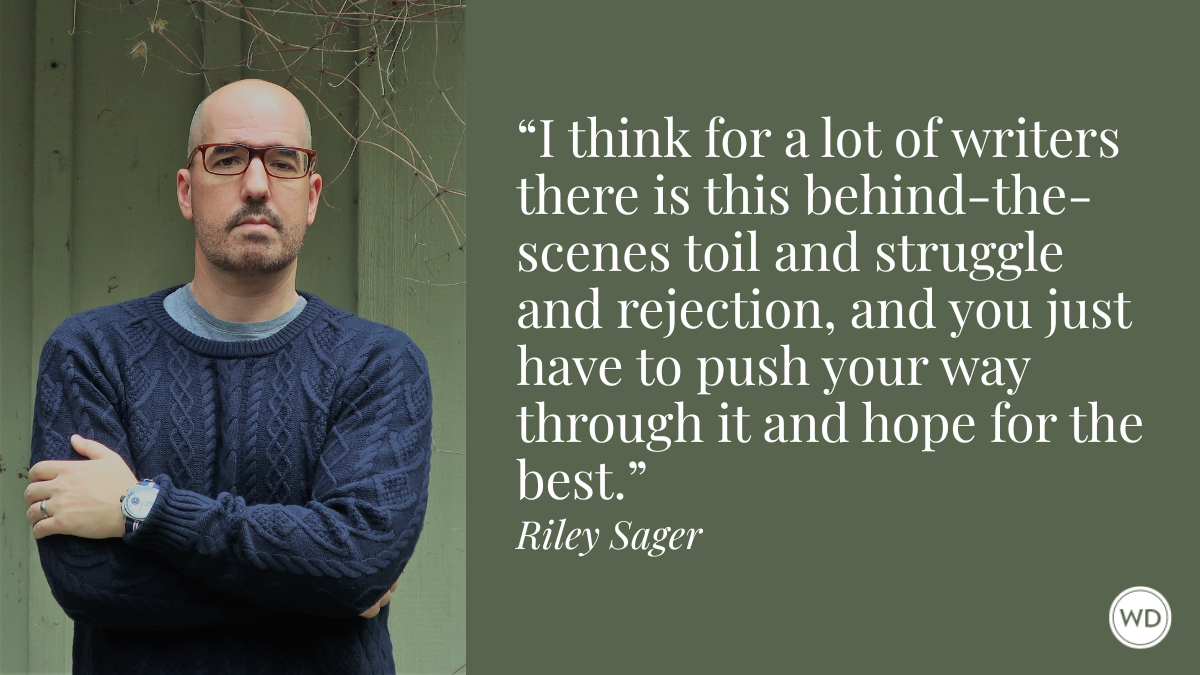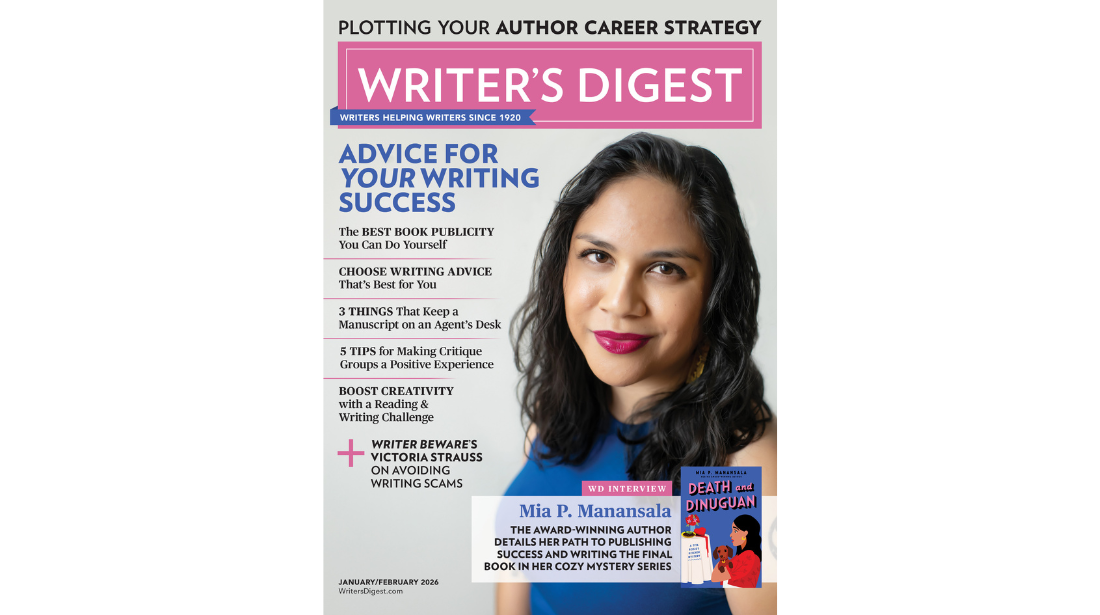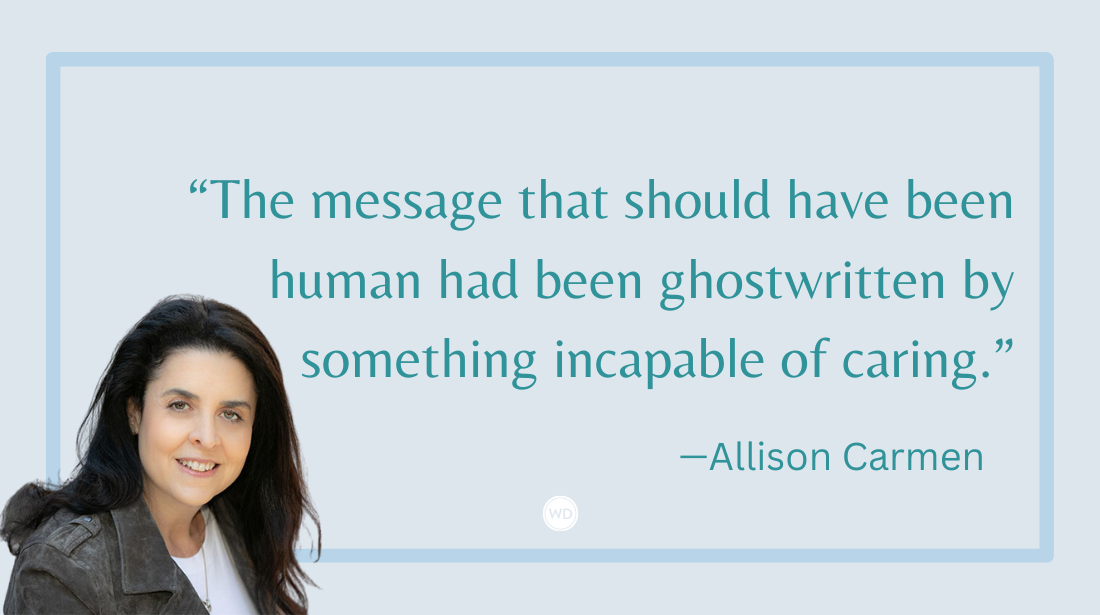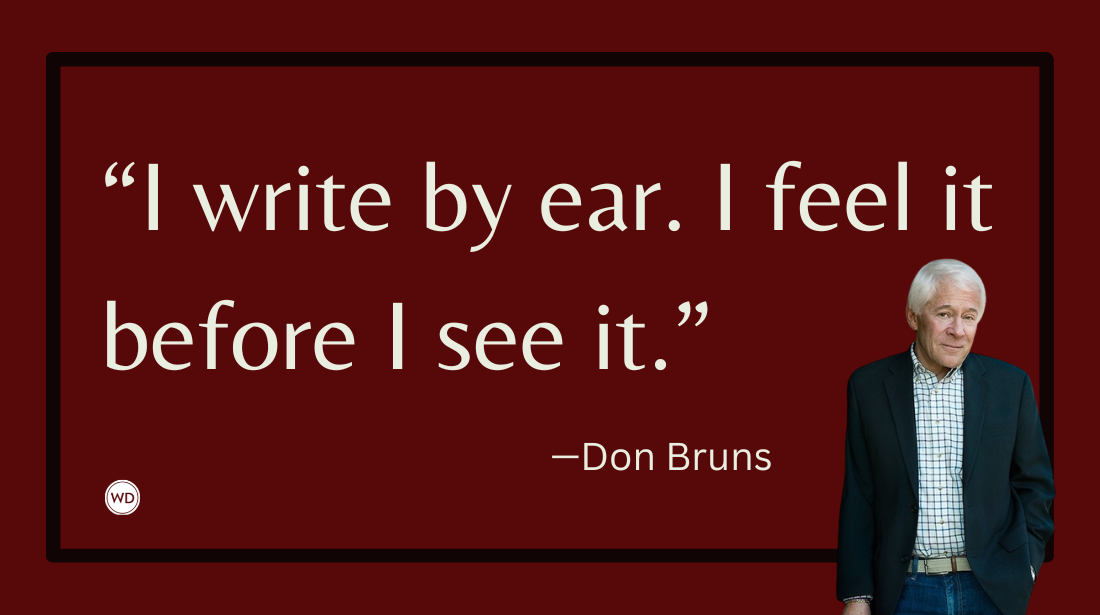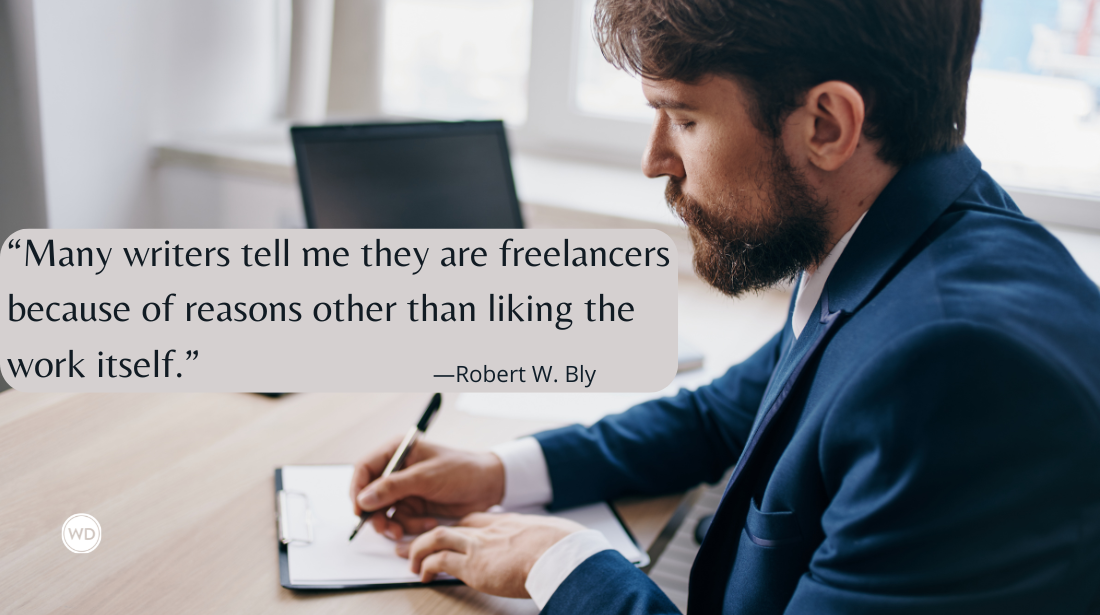“See” Your Story Take Shape With Visual Notetaking
Creating a sketchnote can provide valuable insights as you brainstorm or organize your story.
[This article first appeared in the May/June 2025 issue of Writer's Digest magazine.]
Ahh, research. Love it or hate it, a story can’t be built without it.
Many writers struggle with forging an article out of piles of background research, interview notes, and attempted outlines. We all know it’s much better to have a mountain of research than next to nothing, but extracting the value buried in that mountain can feel as challenging as actually mining for precious metals.
In the last year, I’ve found a reliable tool for shaping research into nonfiction stories. I believe it can work for all kinds of writing—nonfiction, fiction, poetry, even commercial copywriting, or technical communication. The practice of visual note-taking—also known as sketchnoting—has improved my ability to see patterns in my research and helped me define the structure for these stories, leading to the creation of better-written articles with less stress.
One of the pioneers of visual note-taking is Mike Rohde, author of The Sketchnote Handbook and The Sketchnote Workbook. Like many writers, Rohde, whose primary occupation is user experience designer, struggled with taking notes at events and trying to make use of them later. He reached a breaking point in 2007 facing a design conference in Chicago.
Shaking up his normal approach to note-taking, Rohde brought a small Moleskine notebook and a pen to the conference and gave up on the stenographic approach to capturing everything. He created titles and headings with hand-lettered type, and he added small hand-drawn pictures to his notes. The results amazed not only him but his audience on Flickr.
“I was getting comments from people who were not at the event who said, ‘this is really helpful,’” Rohde said. “They would comment, ‘I got value from the notes you took because they were very concise and to the point’ … That’s when I stopped and said, wait a minute. There’s something interesting happening here.”
Rohde is among a handful of experts to shape the practice of visual note-taking over the past dozen years. After discovering this fascinating approach to organizing ideas and concepts, I’ve realized its benefits when generating new article ideas, organizing research, and outlining stories.
The Brain Science That Supercharges Sketchnotes
Visual note-taking helps writers in a way that conventional notetaking can’t. The human brain is primed for visual stimuli; words, much as we writers love them, evolved to stand in for images, not the reverse.
A team of researchers at MIT reported in 2014 that the brain can successfully process images it sees for as little as 13 milliseconds. By contrast, the brain takes between 130 and 150 milliseconds—10 times longer—to make sense of single words or simple three-word sentences.
We also retain text that’s placed alongside visual information longer than words alone. Author and molecular biologist John Medina, in his 2008 book Brain Rules, cited a study finding participants who viewed (or listened) to text-based information remembered just 10 percent after three days. If they viewed the same information through a combination of text and images, they retained 65 percent three days later.
Tom Wujec, a designer/technologist and the author of Pumping Ions and Five Star Mind, summarizes the advantages that sketchnotes bring to communication: “We are visual creatures. When you doodle an image that captures the essence of an idea, you not only remember it, but you also help other people understand and act on it.”
Anatomy of a Sketchnote
Each element of visual notetaking adds value to research and idea-generating tasks. Let’s take a look at what the elements are and how they amplify the value of the note.
Icons and images are the most obvious additions to sketchnotes, and they help anchor the meaning of the text. These tiny visuals are rarely works of art; the level of expertise you’re aiming for is that you and your reader understand what the image/icon means.
Lettering for banners, section headers, and body text helps convey to readers the importance of words used.
Two powerful aspects of sketch notes are “containers” around related content and “connectors” (think arrows or roadways) to indicate navigation between chunks. Connectors direct the viewer’s eye from concept to concept. Creating this sense of direction defines the story path.
Color can also be a powerful tool for emphasis. Carol Anne McGuire, who blogs about sketchnoting in educational settings, shares that color can be used to highlight a concept, add texture or shading to an image, or reinforce a connector’s path. Don’t overuse color—one or two colors, used sparingly, make important points pop out.
While researching this article, I used an initial sketchnote in an A5 notebook to organize my research. Although I crowded a lot on the page, I discovered an effective visual metaphor—eyeglasses—around which to describe and illustrate significant parts of the story:
After refining the note a little and adding color and directional markers in a larger (A4, closer to a traditional 8.5 x 11 inch) notebook, there was a clear outline for the story.
How to Get Started With Sketchnoting
Sylvia Duckworth, Canadian educator and author of How to Sketchnote: A Step-by-Step Manual for Teachers and Students, encourages those new to sketchnoting with these three basic rules:
- Everyone can draw.
- You will improve with practice.
- It’s about the ideas, not the art.
Rohde’s books help readers build images from just five basic shapes: square, circle, triangle, line, and dot. Other authors use different numbers of basic shapes but still boil everything down to a handful of elements.
Beyond learning the ground rules and building blocks of visual note-taking, there are a couple of other important pointers.
YOU determine what’s important. Visual note-taking summarizes an experience, interview, or idea. Leave the archival-level detail to recordings or transcripts. With sketchnotes, think like a curator, not a court reporter.
Different parts of pre-writing work call for different types of sketchnotes. Sifting through research? Draw a note with a mind map or “popcorn” structure and look for patterns. Want to structure a story? Try a sketchnote with a path-like pattern taking the reader from beginning to end.
You can also use sketchnotes to brainstorm. Here’s a sketchnote of mine summarizing ideas for career-related articles. It provided a great view of the ideas I wanted to develop into queries/pitches:
Lean into the visual aspects of sketchnotes to maximize value. According to Rohde, what really sets visual note-taking apart is the ability to shift ideas and concepts around. Add images and icons liberally and place your concepts with intention on specific parts of your page.
Practice, practice, practice. You don’t have to become a skilled artist to create great sketchnotes, but practice helps you add visual elements to your notes with less stress and more ease.
Use visual note-taking outside of work. Look to hobbies and community activities for inspiration. Rohde hones his sketchnoting skills illustrating his pastor’s sermons and by creating game summaries for his beloved Green Bay Packers. Here’s his sketchnote for a 2023 game against the Kansas City Chiefs (my hometown team!):
I’ll never be Picasso—or even Katherine May or Diane Ackerman—as a result of my sketchnoting, but learning how to use visual note-taking has given me a newfound confidence as a writer. Not only can I better visualize my stories, but I can see results in terms of queries accepted and articles published. That’s definitely a benefit well worth cultivating this skill!
Top Visual Notetaking Books
I’ve found these books helpful as I’ve developed my sketchnoting practice.
- The Sketchnote Handbook by Mike Rohde
- The Art of Visual Notetaking by Emily Mills
- Visual Thinking: Empowering People and Organisations Through Visual Collaboration by Williemien Brand
- The Doodle Revolution by Sunni Brown
- Pencil Me In: The Business Drawing Book for People Who Can’t Draw by Christina Wodtke




